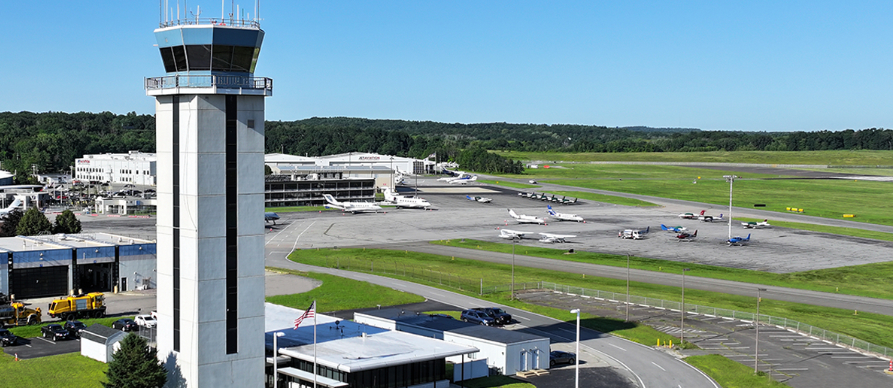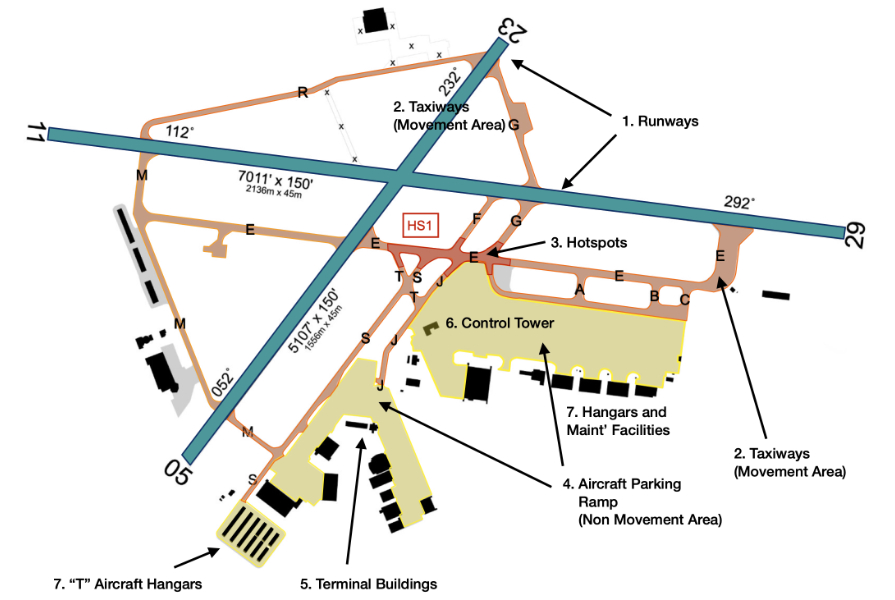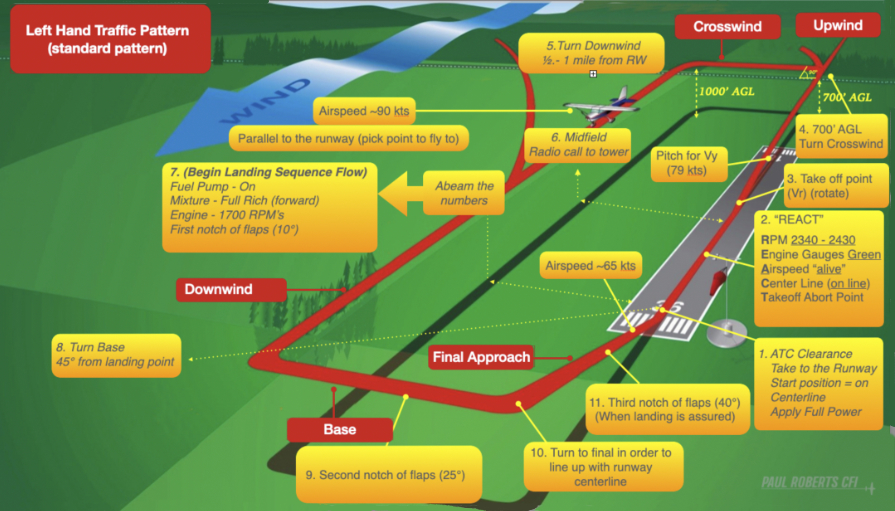
Pilots need to have a comprehensive understanding of airports to ensure safe and efficient operations. This knowledge encompasses various aspects of airport infrastructure, procedures, regulations, and communications. Understanding all aspects of operating in and around airports are essential skill for all pilots.
A pilot’s comprehensive understanding of airports is fundamental to the safe and efficient conduct of flights. This knowledge spans the physical layout and infrastructure of airports, procedural and regulatory aspects, and environmental considerations. Continuous training and familiarity with current airport information are critical for pilots to perform their duties effectively.
Airport Infrastructure
- Runway Designations: Runways are numbered based on their magnetic heading (e.g., Runway 29 is oriented approximately 290 degrees). Pilots must be familiar with these designations and how to interpret them.
- Runway Lengths and Widths: Different aircraft require different runway lengths for safe takeoff and landing. Pilots need to know the specific requirements for their aircraft.
- Taxiways: Pilots must understand the layout of taxiways, including designations and markings, to navigate safely from runways to gates and vice versa.
- Lighting Systems: Knowledge of airport lighting, including runway lights, taxiway lights, and approach lights, is essential for operations, especially in low visibility conditions.
- Instrument Landing Systems (ILS): These systems provide precise guidance to pilots during landing. Pilots must understand how to use ILS and other approach aids like VOR (VHF Omnidirectional Range) and GPS.
- Noise Abatement Procedures: Many airports have specific procedures to minimize noise impact on surrounding communities. Pilots need to be aware of and comply with these procedures.
Airport Procedures
- Clearances and Instructions: Pilots must understand how to obtain and comply with clearances and instructions from ATC, including taxi instructions, takeoff clearances, and landing instructions.
- Phraseology: Standardized communication helps prevent misunderstandings. Pilots need to be proficient in ATC phraseology and communication protocols.
- Emergency Protocols: Pilots need to be familiar with airport emergency procedures, including how to handle situations like engine failures, medical emergencies, and evacuations.
- Alternate Airports: Knowing the location and facilities of alternate airports is crucial in case a diversion is necessary.
- Local Procedures: Airports may have specific procedures, such as noise abatement procedures, that pilots need to follow.
- Fueling and Maintenance: Coordination with ground services for fueling, maintenance, and other support activities is essential for timely and safe operations.
Airport Security:
- Understanding the different security zones within an airport and the protocols for accessing these areas is essential.
- In order to gain a access badge you will need to undergo training and pass a test on understanding the security protocols and procedures before being issued an access badge.
Airport Layout and Components

Key Components of Airports
- Runways and Taxiways: These are the primary areas where aircraft take off, land, and maneuver on the ground. Runways are often numbered based on their orientation in relation to magnetic north.
- Taxiways: (Movement Area)
- Hot Spots:
- Aircraft Parking Ramp (Non Movement Area)
- Terminals: These buildings house facilities for passengers such as check-in counters, baggage claim, customs, immigration, lounges, and retail shops.
- Control Towers: Air traffic control (ATC) towers manage the safe and efficient movement of aircraft on the ground and in the airspace around the airport.
- Hangars and Maintenance Facilities: Areas for the storage and maintenance of aircraft.
Airport Signage

Airport signage plays a crucial role in ensuring the smooth flow of aircraft, passengers, and ground vehicles. Effective signage helps pilots navigate on the ground, and supports the overall operational efficiency of the airport. Here’s a detailed look at the types of airport signage and their functions:
Effective airport signage is essential for ensuring safety and efficiency. Standardized, clearly visible, and strategically placed signs help in navigating complex airport environments, thereby supporting the smooth operation of air and ground traffic.
Types of Airport Signage
- Runway and Taxiway Signs: These signs guide pilots during ground operations.
- Runway Signs:
- Runway Designation Signs: Indicate the entrance to a runway. They are typically black with white numerals corresponding to the runway number (e.g., “27” for Runway 27).
- Runway Distance Remaining Signs: Black signs with white numerals indicating the remaining length of the runway in thousands of feet.
- Taxiway Signs:
- Taxiway Location Signs: Black signs with yellow inscriptions (e.g., “A” for Taxiway Alpha) indicating the current taxiway the aircraft is on.
- Taxiway Direction Signs: Yellow signs with black inscriptions and arrows showing the direction to different taxiways (e.g., “← B” pointing left to Taxiway Bravo).
- Taxiway Intersection Signs: Indicate upcoming intersections with other taxiways or runways.
- Information Signs: Provide critical information to pilots and ground personnel.
- Mandatory Instruction Signs: Red signs with white text indicating areas where aircraft must stop or obtain clearance before proceeding (e.g., “STOP”, “RUNWAY AHEAD”).
- Direction and Location Signs: Combine information on both current location and directions to nearby taxiways or runways.
- ILS Critical Area Signs: Indicate areas that must be avoided to prevent interference with Instrument Landing System signals.
Flying the Traffic Pattern

Airport traffic patterns are developed to ensure that air traffic is flown into, around and out of an airport safely.
Each airport traffic pattern is established based on the local conditions, including the direction and placement of the pattern, the altitude at which it is to be flown, and the procedures for entering and exiting the pattern.
It is imperative that pilots understand traffic pattern procedures and exercise constant vigilance in the vicinity of airports when entering and exiting the traffic pattern.
Information regarding the procedures for a specific airport can be found in the Chart Supplements.
Additional information on airport operations and traffic patterns can be found in the Aeronautical Information Manual (AIM).
- The FAA defines a traffic pattern as the traffic flow that is prescribed for aircraft landing at, taxiing on, or taking off from, an airport.
- Traffic patterns are established to separate aircraft, provide for an orderly flow of air traffic at non-towered airports, and to keep aircraft away from noise sensitive areas.
- Traffic Patterns are designed to safely navigate aircraft in the vicinity of the airport during takeoff and landing operations.
- The established traffic pattern Includes the direction and altitude of the pattern and the procedures for entering and leaving the pattern.
- Standard direction of turns in a traffic pattern are left turns (all turns made to the left).
- A non-standard traffic pattern is right traffic turns (all turns made to the right).
- Unless the airport displays approved visual markings indicating that turns should be made to the right, the pilot should make all turns in the pattern to the left.
- Traffic Pattern Altitude (TPA) for general aviation aircraft is 1000’ above ground level (AGL)
- Information regarding an airport traffic pattern can be found in the chart supplement manual for the airport.
- To assure that air traffic flows into, out of and around the vicinity of an airport in an orderly manner, an airport traffic pattern is established based on the local conditions.